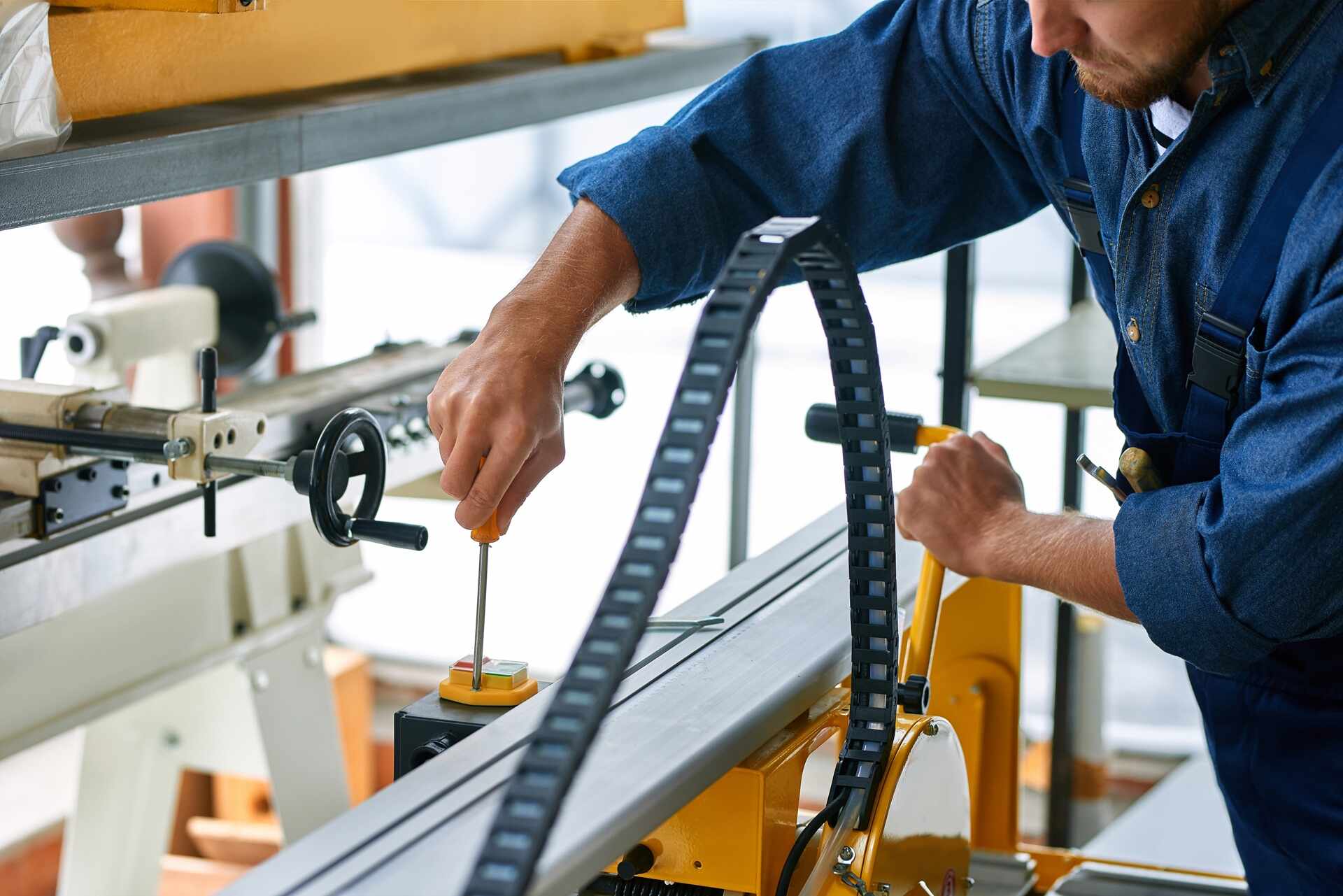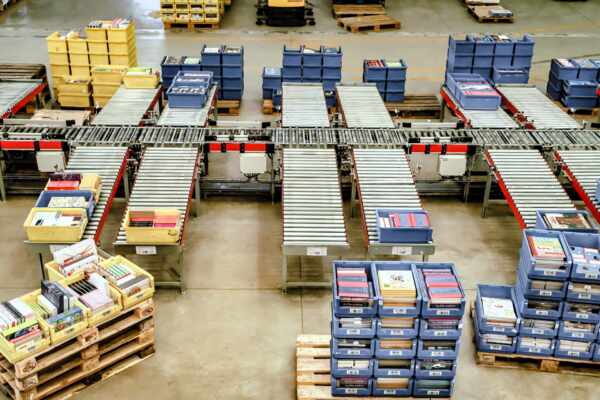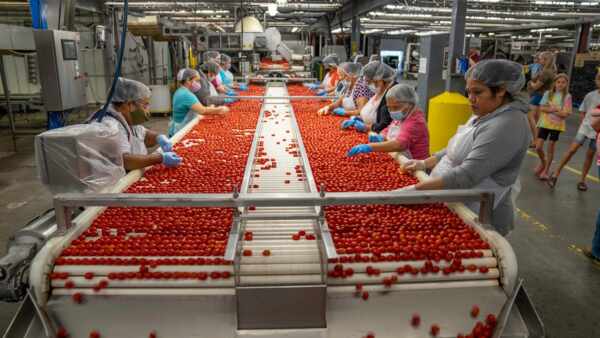Conveyor belt systems play a critical role in many industries, streamlining processes and improving productivity. However, as with any machinery, conveyor systems can encounter various issues during their operation. Identifying and promptly addressing these issues is essential for maintaining your facility’s efficiency and prolonging your conveyor belt’s lifespan.
In this article, we will delve into some of the most common conveyor belt issues that facilities face and provide practical guidance on how to effectively troubleshoot and resolve them. From belt slippage and misalignment to bearing failure and inadequate belt tension, we will explore the underlying causes of these challenges and discuss the essential steps you can take to ensure your conveyor belt system operates at peak performance.
Our goal is to provide you with valuable insights, enabling you to address potential issues proactively and minimise the impact of system downtime on your facility’s productivity. Whether you are new to conveyor belt systems or looking to expand your existing knowledge, this guide will serve as a comprehensive resource for navigating the complexities of maintaining operational efficiency.
So, join us as we embark on this informative journey, delving into the world of conveyor belt troubleshooting and examining ways to ensure your system performs optimally, day in, day out. With our help, you will be better equipped to tackle common conveyor belt challenges head-on and confidently maintain a well-functioning, efficient, and reliable system tailored to your facility’s needs. Discover some of the most common conveyor belt issues and how to resolve them with Change Parts Pty Ltd today.
Belt Slippage
Belt slippage is a common issue faced by many facilities, where the belt does not grip the drive pulley, causing it to slip during operation. Here are some steps you can take to address this issue:
1. Check for excessive wear on the drive pulley or belt cover. Replace any components that show signs of excessive wear or damage.
2. Ensure that the belt is correctly tensioned. Adjust the belt tension if necessary, following the manufacturer’s guidelines.
3. Inspect for any contamination, such as dirt or oil, on the belt or pulley surfaces. Clean the affected areas thoroughly to regain traction.
Belt Misalignment
Conveyor belt misalignment occurs when the belt is not properly aligned with the conveyor frame, causing the belt to drift off course. This can lead to uneven wear, premature belt failure, and even accidents. To fix misaligned belts, follow these steps:
1. Inspect the conveyor structure and frame, ensuring that they are straight and level. Make any necessary adjustments or repair any damage.
2. Check that all idler and pulley assemblies are correctly aligned and functioning properly.
3. Assess the belt’s tension and adjust it according to the manufacturer’s recommendations.
Roller and Bearing Failure
Rollers and bearings are critical components of your conveyor belt system, and their failure can lead to reduced efficiency, increased wear, and even system failure. To prevent and mitigate roller and bearing failure:
1. Regularly inspect rollers for signs of wear, corrosion, and damage. Replace any rollers that show excessive signs of wear.
2. Ensure that the bearings are appropriately lubricated according to the manufacturer’s specifications.
3. Monitor the conveyor belt’s operating temperature. Overheating may indicate bearing or lubrication issues requiring maintenance.
Inadequate Belt Tension
Proper belt tension is crucial for the efficient operation of your conveyor system. Inadequate tension can cause belt slippage, premature wear, and even system failure. To address tensioning issues, follow these steps:
1. Inspect your conveyor belt system for any signs of damage or wear that could cause incorrect tension.
2. Refer to the manufacturer’s guidelines for proper belt tensioning and adjust the belt as needed.
3. Regularly monitor your conveyor belt system, checking the tension and making any necessary adjustments to maintain optimal performance.
Extending the Life of Your Conveyor Belt System
Preventative Maintenance
One of the most effective ways to prolong the life of your conveyor belt system is to implement a regular preventative maintenance program. This involves routinely inspecting, cleaning, and lubricating your system, as well as addressing any issues that may arise promptly. Ensuring that your conveyor belt system is well-maintained can help to minimise the risk of unexpected downtime, extend the lifespan of your system, and maximise productivity.
Operator Training
Another important factor in maintaining an efficient and long-lasting conveyor belt system is ensuring that your facility’s staff are well-trained in its operation and maintenance. Proper operator training can help to reduce the likelihood of errors and accidents, enhance system efficiency and prolong the life of your conveyor belt. By investing in employee training and development, you can ensure that your staff have the skills and knowledge they need to effectively manage your conveyor belt system.
Continuous Improvement
Continuously evaluating and optimising your conveyor belt system can help to enhance efficiency, reliability, and longevity. By regularly monitoring your system’s performance, you can identify areas for improvement and implement appropriate changes. This may involve upgrading components, implementing new technologies, or revising maintenance procedures. By actively seeking ways to improve your conveyor belt system’s performance, you can maintain optimal productivity and extend its lifespan significantly.
Mastering the Art of Conveyor Belt Troubleshooting
By identifying and addressing common conveyor belt issues, such as belt slippage, misalignment, roller and bearing failure, and inadequate tension, you can ensure that your system operates at peak efficiency and avoid costly downtime. Furthermore, by implementing preventative maintenance programs, providing operator training, and continuously evaluating and optimising your conveyor belt system, you can maximise its lifespan and productivity.
Enhance your facility’s operational efficiency and maintain a reliable, long-lasting conveyor system in Australia by embracing effective troubleshooting methods and best practices. For expert guidance and optimum conveyor belt solutions, partner with Change Parts Pty Ltd to help your operation thrive.




